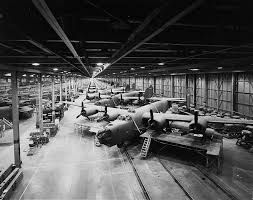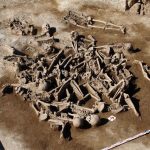Willow Run: The Arsenal of Democracy in Motion
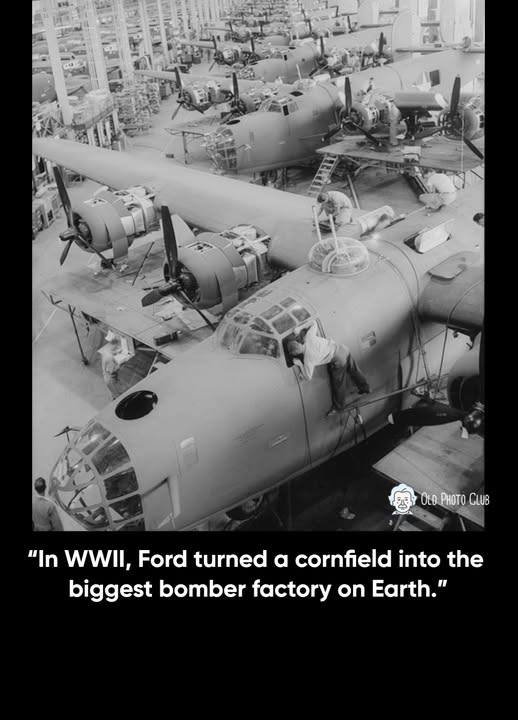
Willow Run: The Arsenal of Democracy in Motion
At Ford’s Willow Run plant in Michigan, history wasn’t written on the battlefield but on the assembly line. What began as a bold experiment in mass production soon became one of the greatest industrial achievements of the 20th century.
By November 1943, Willow Run was producing a brand-new B-24 Liberator bomber every single hour. In August 1944, monthly production peaked at 428 aircraft. And in one legendary burst between April 24 and 26, 1944, 100 bombers rolled out in just three days—a feat that stunned even seasoned military planners.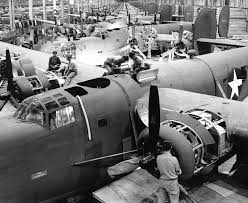
By 1945, Ford’s workforce was running two nine-hour shifts, building 70% of all Liberators used in the war. In total, Willow Run delivered 6,972 completed bombers, plus nearly 1,900 more in kit form for final assembly elsewhere. The B-24 would go on to become the most-produced heavy bomber in history.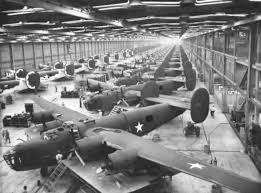
But the story of Willow Run is bigger than the aircraft it built. It was the story of ordinary men and women—many new to industrial work—answering an extraordinary call. Each rivet and weld wasn’t just metal and labor; it was purpose, urgency, and belief in a common cause.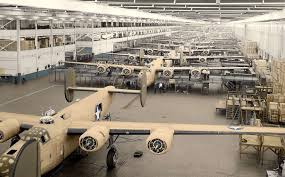
In the end, Willow Run didn’t just build planes. It built proof of what America’s workers could achieve together when history demanded the impossible.